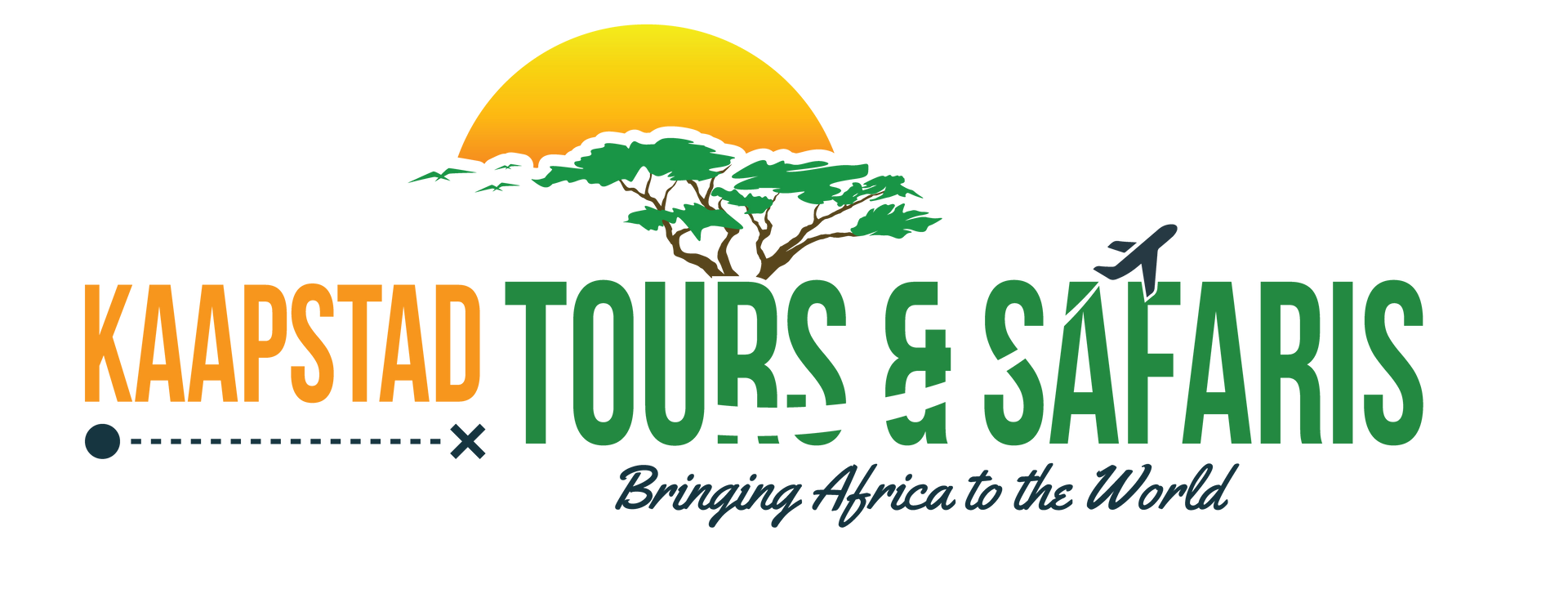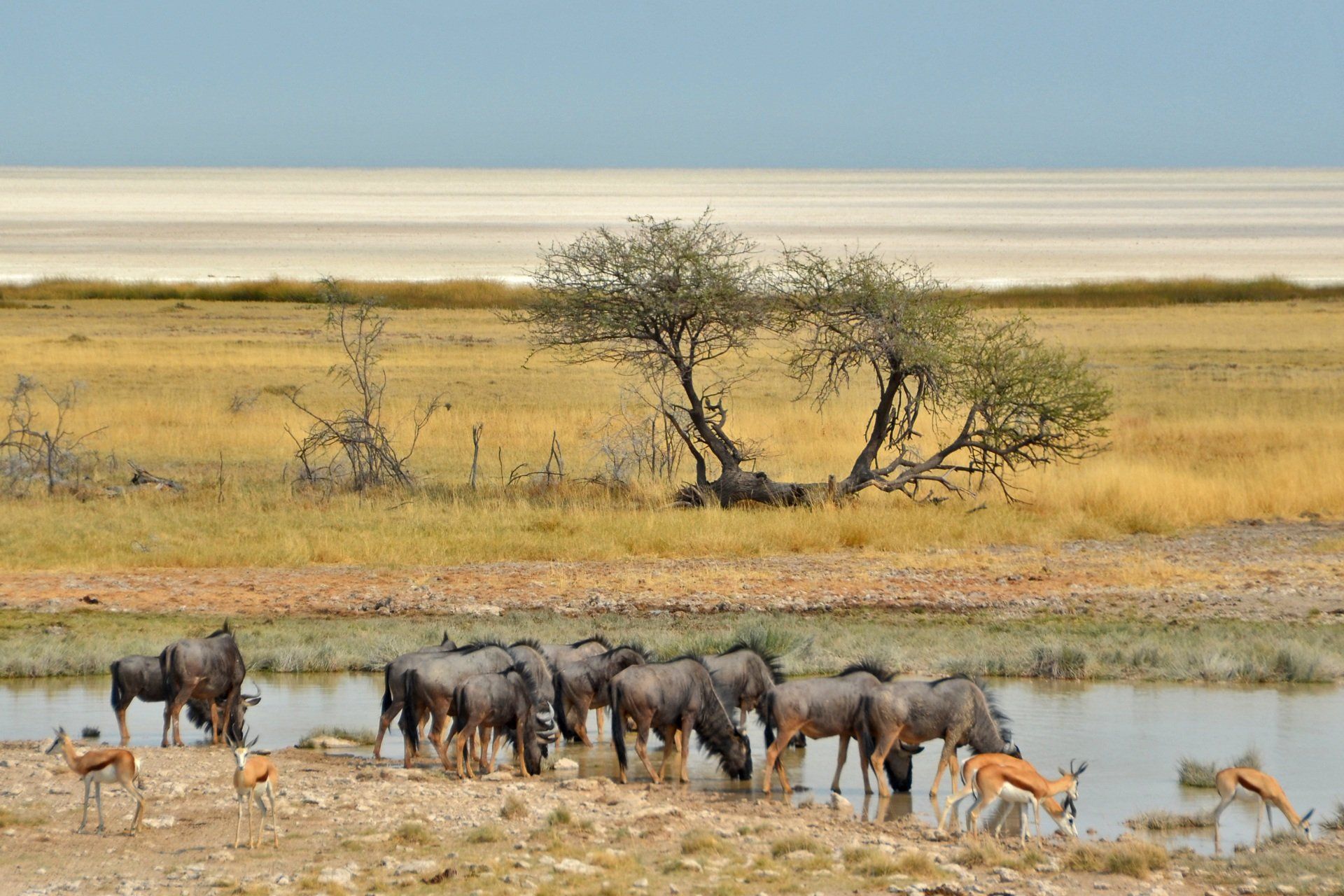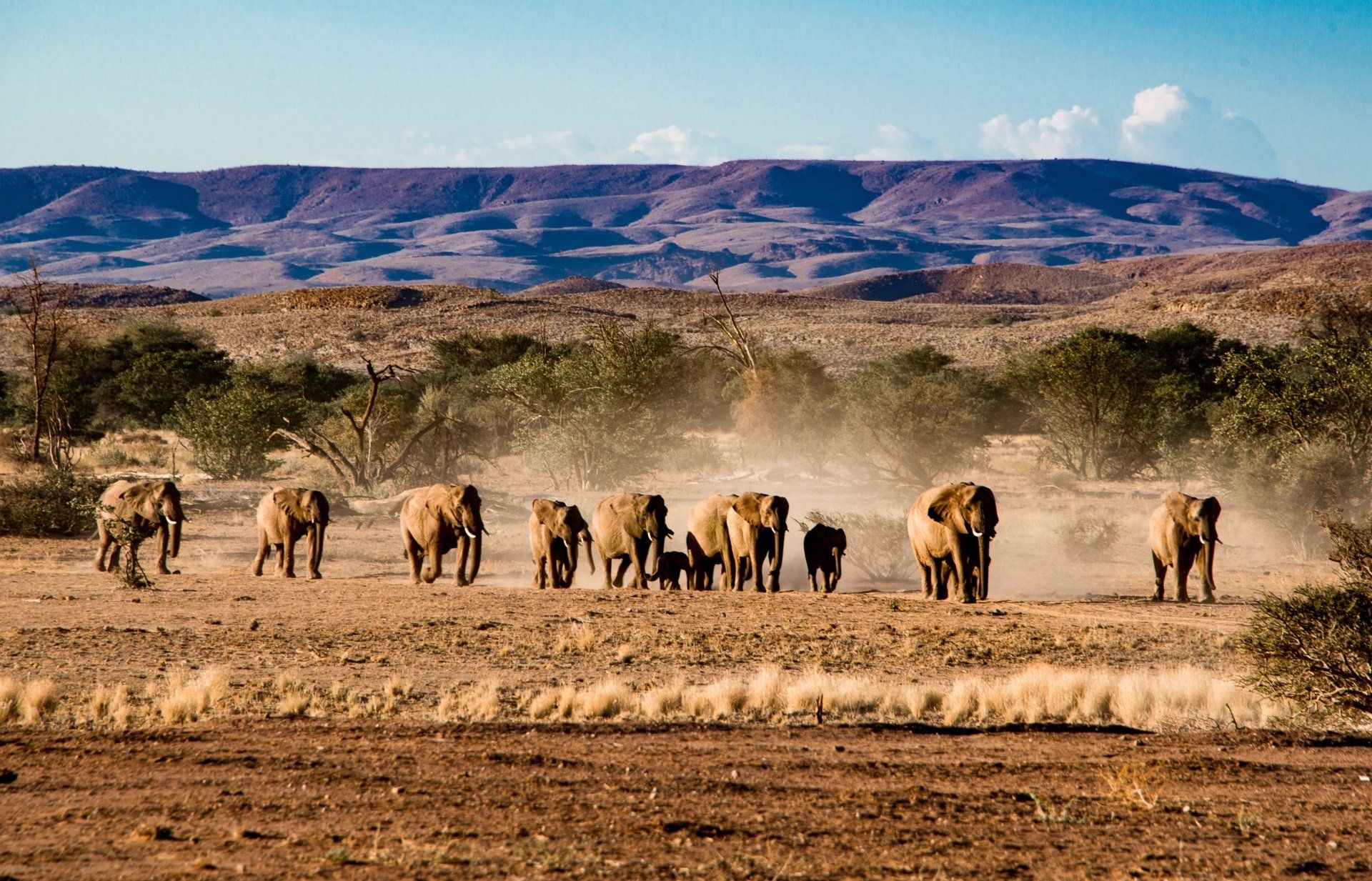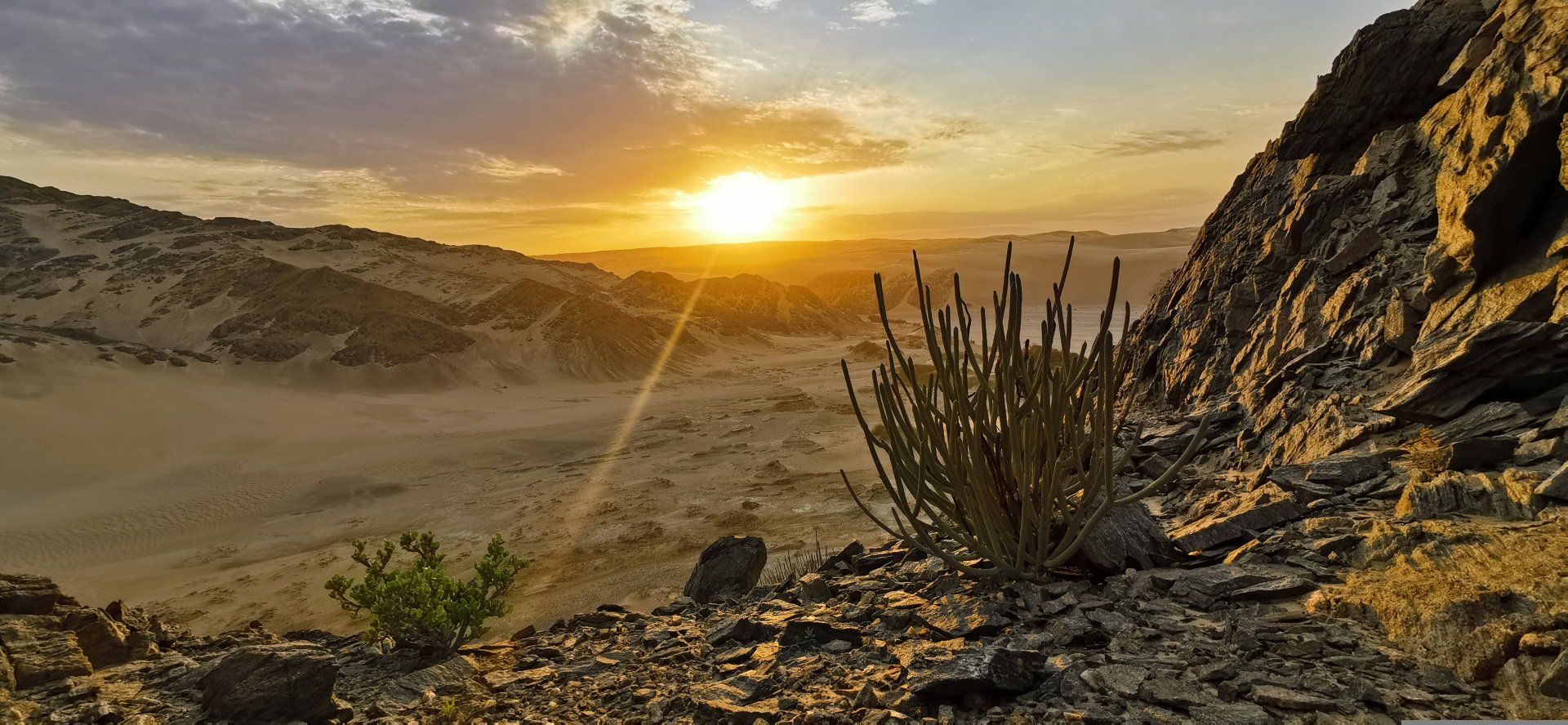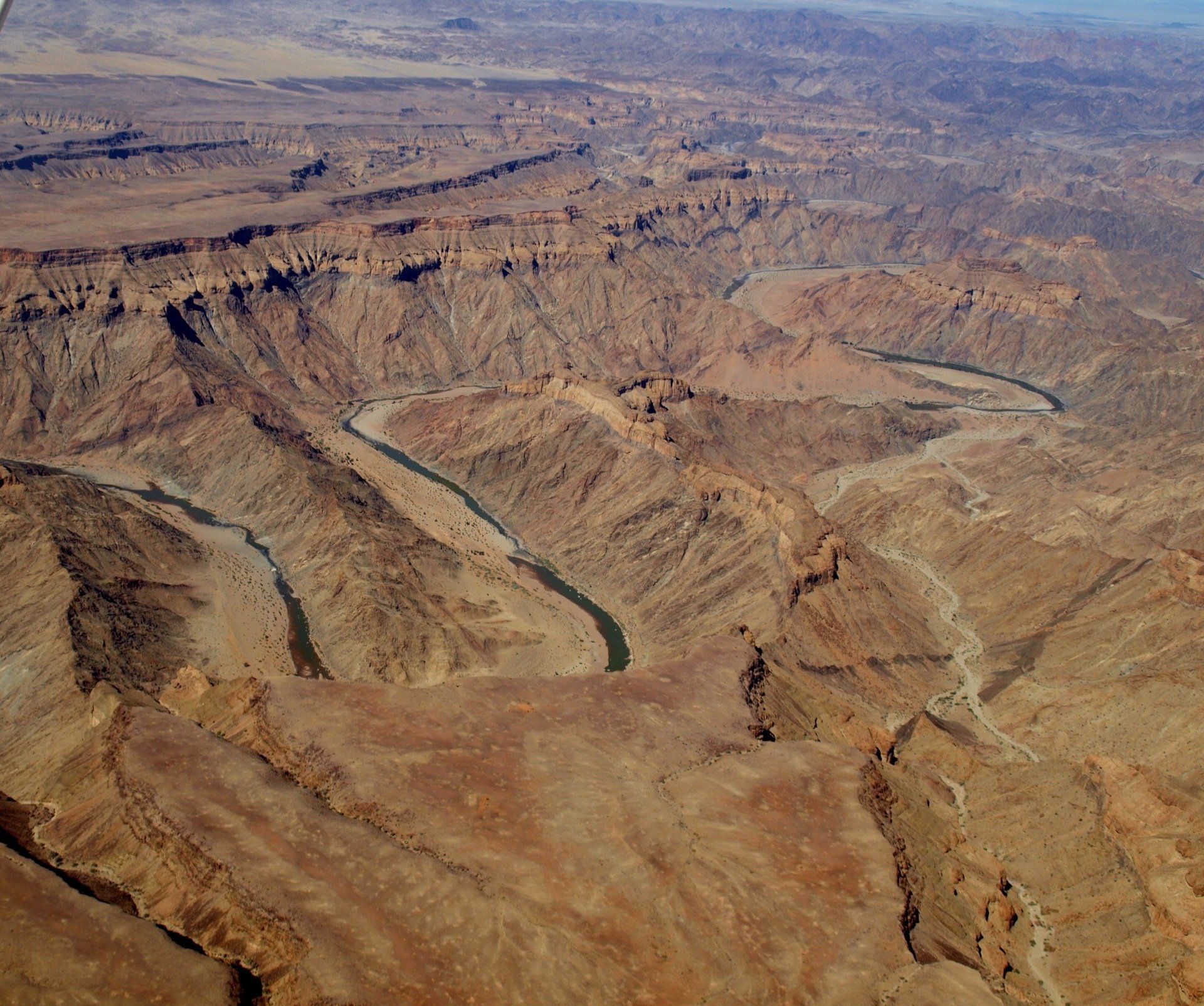NAMIBIA
LAND OF SAND
The Namibian landscape consists generally of five geographical areas, each with characteristic abiotic conditions and vegetation with some variation within and overlap between them: the Central Plateau, the Namib Desert, the Great Escarpment, the Bushveld, and the Kalahari Desert. Although the climate is generally extremely dry, there are a few exceptions. The cold, north-flowing Benguela current of the Atlantic Ocean accounts for some of the low precipitation.
Nambia shares land borders with Angola and Zambia to the north, Botswana and Zimbabwe to the east, and South Africa to the south and east. It gained independence from South Africa on 21 March 1990 following the Namibian War of Independence. Its capital and largest city is Windhoek.
The dry lands of Namibia were inhabited since early times by Bushmen, Damara, Namaqua, and since about the 14th century AD, by immigrating Bantu who came with the Bantu expansion.
The first Europeans to disembark and explore the region were the Portuguese navigators Diogo Cão in 1485 and Bartolomeu Dias in 1486, still the region was not claimed by the Portuguese crown. However, like most of Sub-Saharan Africa, Namibia was not extensively explored by Europeans until the 19th century, when traders and settlers arrived, principally from Germany and Sweden.
The country was visited by the British and Dutch missionaries during the late 18th century. It was also visited by Dorsland trekkers (A.K.A.-Junker Boers) in 1879, but became a German Imperial protectorate in 1884. In 1920, the League of Nations mandated the country to South Africa, which imposed their laws and apartheid policy.
Namibia became a German colony in 1884 to forestall British encroachment and was known as German South-West Africa (Deutsch-Südwestafrika) – apart from Walvis Bay, which was under British control. From 1904 to 1907, the Herero and the Namaqua took up arms against the Germans and in the subsequent Herero and Namaqua genocide, 10,000 Nama (half the population) and 25,000 to 100,000 Herero (three quarters of the population) were killed. South Africa occupied the colony during World War I and administered it as a League of Nations mandate territory.
In 1966, uprisings and demands by African leaders led the United Nations to assume direct responsibility over the territory, and recognizing South West Africa People’s Organization (SWAPO) as official representative of the Namibian people in 1973. Namibia, however, remained under South African administration during this time. Following internal violence, South Africa installed an interim administration in Namibia in 1985. Namibia obtained full independence from South Africa in 1990 (with the exception of Walvis Bay – a city that remained under South African control until 1994). The country also officially changed its name from South West Africa to Namibia in 1990.
Following the League’s supersession by the United Nations in 1946, South Africa refused to surrender its earlier mandate to be replaced by a United Nations Trusteeship agreement, requiring closer international monitoring of the territory’s administration. Although the South African government wanted to incorporate ‘South-West Africa’ into its territory, it never officially did so, although it was administered as the de facto ‘fifth province’, with the white minority having representation in the whites-only Parliament of South Africa.
In 1966, the South-West Africa People’s Organisation (SWAPO) military wing, People’s Liberation Army of Namibia, a guerrilla group launched a war of independence, but it was not until 1988 that South Africa agreed to end its administration of Namibia, in accordance with a United Nations peace plan for the entire region. Transition for independence started in 1989 but it was only on 21 March 1990 in which the country officially claimed full independence. Walvis Bay was ceded to Namibia in 1994 upon the end of Apartheid in South Africa.
